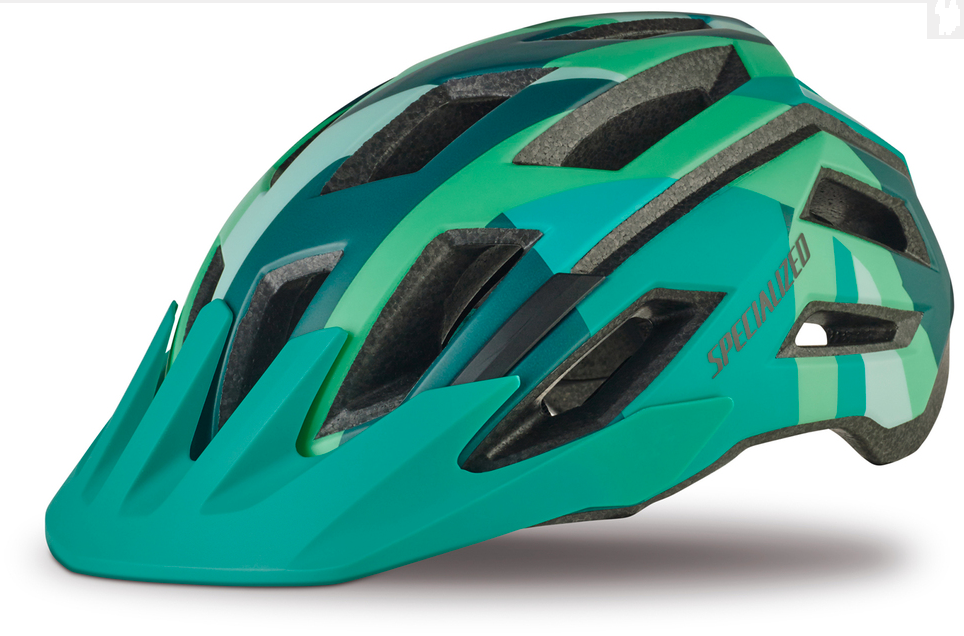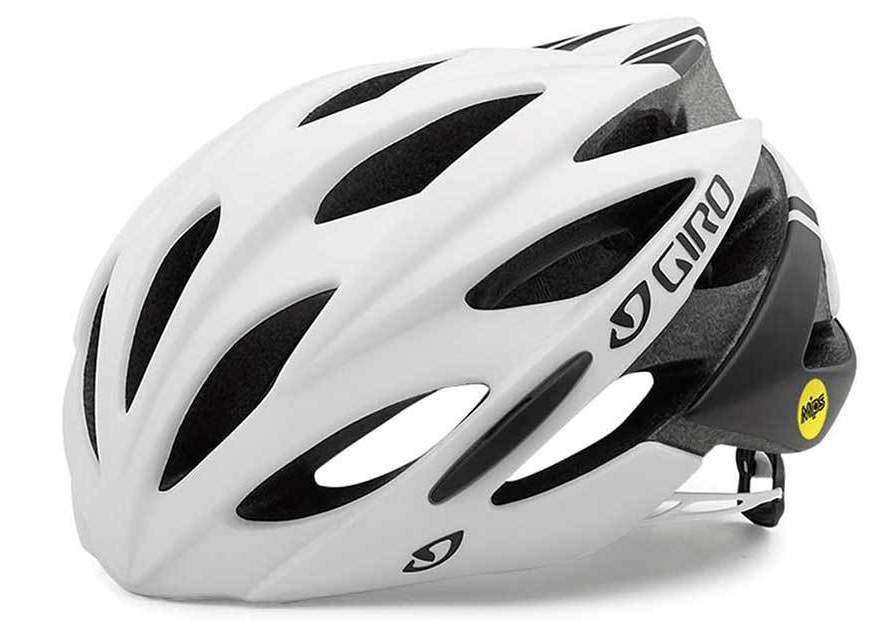Despite being ventilated, any cycle helmet will make your head hotter. Here’s what can you do to avoid getting red faced and sweaty on a summer’s day.
Cycling generates heat. Around 10% of your body’s heat is lost through your head. That’s much less than the mythical 40-50% figure you might have heard, but it’s enough to make you uncomfortably flushed and sweaty if it can’t escape. Covering your head with a helmet restricts heat loss, so you will get warmer than if you’d gone bare-headed (a whole other debate we’ll leave for now). The extent to which this is a problem varies massively.
It doesn’t only depend on the weather. There are big variations between us all when it comes to temperature tolerance. Some of us get hot and sweaty easily; some of us feel only pleasantly warm when others are melting. But while we might overheat at different temperates, the ways to keep the body’s thermometer in check are essentially the same.
A cooler helmet
No, not one that’s super-stylish – one that is better ventilated. Virtually all cycle helmets are made primarily from expanded polystyrene (EPS), with a plastic shell on the outside and some padding and an adjustable cradle on the inside. Polystyrene is a good insulator. It’s used for that purpose in the construction industry. To stop your head overheating with this insulation on top of it, all helmets use vents – holes going all the way through – in conjunction with channels on the inside, so air can flow over your scalp.
While helmets must meet safety standards for impact protection, there’s no ventilation test that they have to pass. It’s hard to know precisely how hot or cool a helmet will be on your head; airflow through helmets is a complex issue. You can, however, get a reasonable idea just by looking: the less EPS material there is and the more and bigger vents there are, the cooler the helmet will probably be.
There’s a careful balance to be struck between ventilation and weight on the one hand and protection on the other. Lightweight lids still have to pass the same safety tests. Achieving this balance is what makes the best ventilated helmets more expensive. It’s another example of the cycling adage: ‘Light, strong, cheap - pick two.’
One of the ways that manufacturers save weight without sacrificing strength is through ‘in-mould construction’. With budget helmets, the outer shell and the EPS protective layer made separately and then stuck together. Better quality helmets have the polystyrene foam sprayed into the outer shell in the mould. This allows less EPS to be used, with more and bigger vents and narrower ribs between those vents. In-mould construction is thus an important criteria for a lighter, cooler helmet.
Then there’s the design.
• Urban helmets, which look like skateboard helmets or open-faced motorcycle helmets, work fine for short-distance city rides or for e-bike rides of any distance, as you’re seldom riding hard in those situations. Prices are modest (£30+), but they weight 400g or more and venting is minimal.

• Mountain biking helmets for trail use tend to be a similar weight or slightly lighter, but have much better venting. They’re chunkier than road helmets, but you’ll also get a helmet peak and better coverage of the back of the head. Expect to pay £40+.

• Road helmets, which are also worn by cross-country mountain bike racers, are the lightest and coolest. Those for recreational or sports cycling (oddly, sports means ‘not racing’ in this context) also cost from around £40 but might be 100g lighter than a comparable mountain bike trail helmet. The more you spend, the lighter and cooler the road helmet will be. Those specifically designed for racers tend to cost upwards of £100, but might weigh only 200g and will be as well ventilated as you can get.

A cooler hair style
Again, not that kind of cool. (Carefully gelled or coiffeured locks won’t survive contact with your cycle helmet!) Hair is an insulator. The longer and thicker the hair under a helmet, the hotter your head will get. Shorter hairstyles are cooler. If you have long hair, draw it into a pony tail before putting your helmet on. Cooling air can then more easily get through the vents and channels of the helmet, as well as under the sides. As a bonus, you won’t get helmet hair to the same extent. Some women’s cycle helmets come with a port at the back designed for a pony tail, but it’s possible to feed one out of the back of any helmet.
Withstand the heat
Slow down when cycling. The harder you ride, the hotter you get. Conversely, if you can resist that inner demon telling you to reel in that commuter up ahead and just cruise along instead, you won’t get nearly as hot in the first place.
Don’t overdress. The hotter your body gets, the hotter your head will get too. Wear a gilet or lightweight windproof instead of a jacket if you need to keep the breeze off in summer. Resist the temptation to keep on riding when you feel your temperature rising: stop and shed a layer. Undo a couple of top buttons. Untuck that shirt.

Take your helmet off as soon as you can when you get off your bike. It’ll help with one of the curious side effects from cycling: suddenly starting sweating when you stop. The cooling breeze you had when riding along has gone and your body needs to dump heat.
On long summer rides, drink plenty so you stay hydrated. Water is the best thing in your bike bottle, because if you get really hot you can simply squirt it on your head through the helmet vents. It won’t do much for your hairstyle, but it beats getting dizzy with the heat; you can always spruce up on arrival. When it’s really hot – or if you have a bald head and don’t want tiger stripe sunburn - you can get a good cooling effect by soaking a cotton cycling cap or polyester Buff or snood in cold water, then putting that on underneath your helmet.
Ready to improve your commute?

Comments: